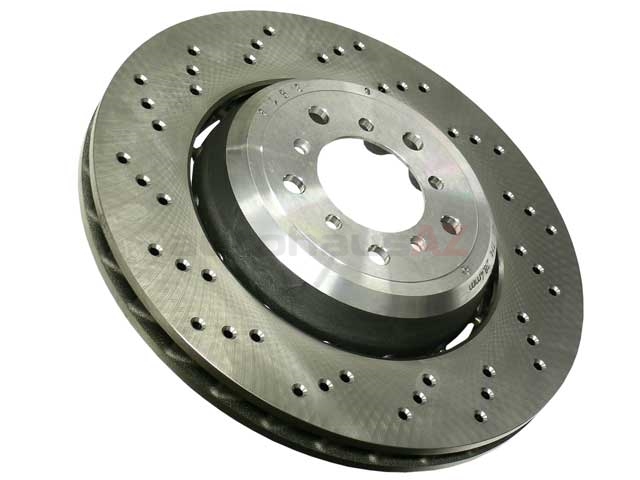I think I've never done that. I've never googled. Thanks...
Did you read? Because these indicators light up before things get nasty. Which, as far as I read in this thread, did not.
Model S/X induction motors are known to overheat (rotor). Battery can do the same. Both are cooled by coolant. It would be nice to have a light for that. Not just power limit and guess game.
Brakes did overheat catastrophically, as a fact. But there was no light. Why not? It doesn't cost a dime. 100-500 man hours of coding.
Brake pads "ran out". There was no warning. Why? This warning lights up on BMW (and many others) before you have problems with braking. That includes 100hp BMW's.
Due to worn brakes, brake fluid expansion tank ran dry without warning. Which is not ok. No message. Why? All vehicles, AFAIK, have that.
Looking on it from engineer's standpoint, I can easily conclude: that it is weak engineering. Too simple. I know Tesla tries to KISS. This is OK with visible stuff like dash. But not OK with tech stuff. High tech vehicle should be smart.
Not
Smart like this
In case of high performance vehicle, it should definitely keep the brakes in mind.
Why do you ask me? You told me I have no idea about this.
Ok, can anybody explain me, why on Earth many specialists here concluded, that this specific Model 3 that was on Laguna, should definitely use "high performance" brake fluid? What is the technical reason? No need to fix things that are not broken.
PS: brake fluid can also have virtual sensor with oil age counter as one of the parameters. Just to be safer.
Somebody was talking about E90 M3 brakes. 360mm front 350mm rear. Slightly larger than Model 3. Regular metal (aluminium center part). Not ceramic. Drilled. Well, making it technically, same size/smaller compared to Model3. And weaker. Pretty much worse than non-drilled. But it looks cool





